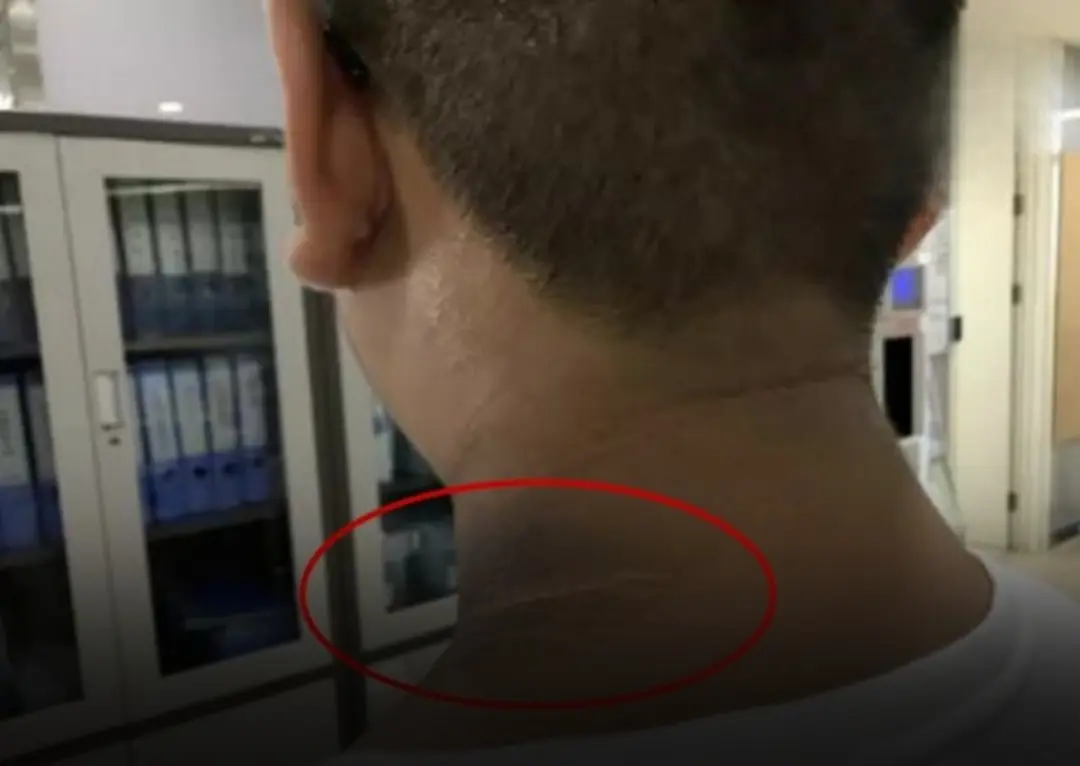
NASA Scientists Explain Why Astronauts Strap Down Their Arms to Avoid the “Zombie Pose”
NASA Scientists Explain Why Astronauts Strap Down Their Arms to Avoid the “Zombie Pose”
If you've ever seen footage of astronauts sleeping in space, you may have noticed something odd — their arms floating up in front of them, stiff and awkward, like a scene out of a zombie movie. This strange phenomenon, nicknamed the “zombie pose,” is not a Halloween prank but a natural result of life in zero gravity. But why does it happen, and more importantly, why do astronauts sometimes strap down their arms to avoid it? NASA scientists have an interesting explanation.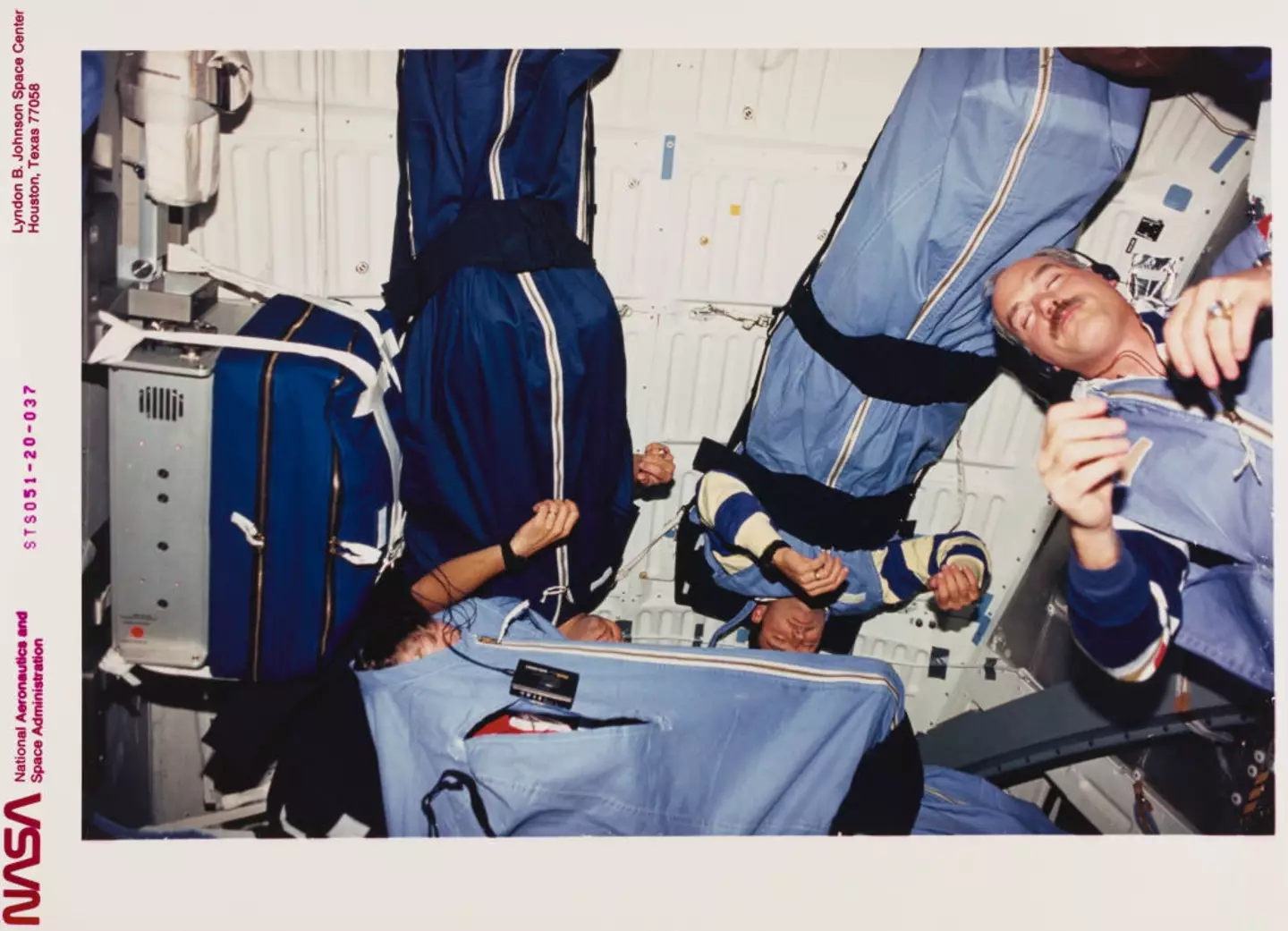
What Exactly Is the “Zombie Pose”?
In microgravity, the human body behaves differently than it does on Earth. With no gravity pulling your limbs downward, your body essentially floats in equilibrium. This includes your arms. When astronauts relax or fall asleep, their muscles aren't working to hold their limbs down as they would on Earth. As a result, their arms tend to float up in front of them — often bent at the elbows — giving the appearance of a zombie reaching forward.
It's not painful or harmful, but it can look strange. More importantly, it can be uncomfortable or even disruptive, especially when astronauts are trying to rest.
The Science Behind It: Microgravity and Muscle Relaxation
NASA scientists have studied how the human body adjusts to microgravity for decades, especially when it comes to sleep and muscle behavior. On Earth, when you sleep, gravity helps keep your body aligned. Your arms fall to your sides naturally. But in orbit, your muscles are the only things that determine the position of your limbs — unless you actively secure them.
In space, when the body fully relaxes, it enters a default floating posture. Without weight acting on your arms, they drift to wherever the soft tissue tension leads them — which, for most people, is somewhere around the chest or face. This is why the “zombie pose” appears so frequently in photos and videos of astronauts at rest.
Why Is It a Problem?
The “zombie pose” may seem harmless, even humorous, but it has practical implications for astronaut health and comfort.
-
Disrupted Sleep: Floating arms can inadvertently brush against the astronaut’s face or equipment, causing discomfort or waking them up.
-
Accidental Activation of Controls: In confined quarters like the International Space Station (ISS), an errant arm could bump a button or screen.
-
Visual Disorientation: For astronauts who are not used to the sensation, seeing your own arms floating in front of you while trying to sleep can be jarring.
Dr. Jennifer Bardwell, a NASA physiologist, explains: “Our bodies aren't used to that floating sensation. Some astronauts have reported feeling like they were being watched when they opened their eyes and saw their own hands hovering inches from their face. It’s unsettling at first.”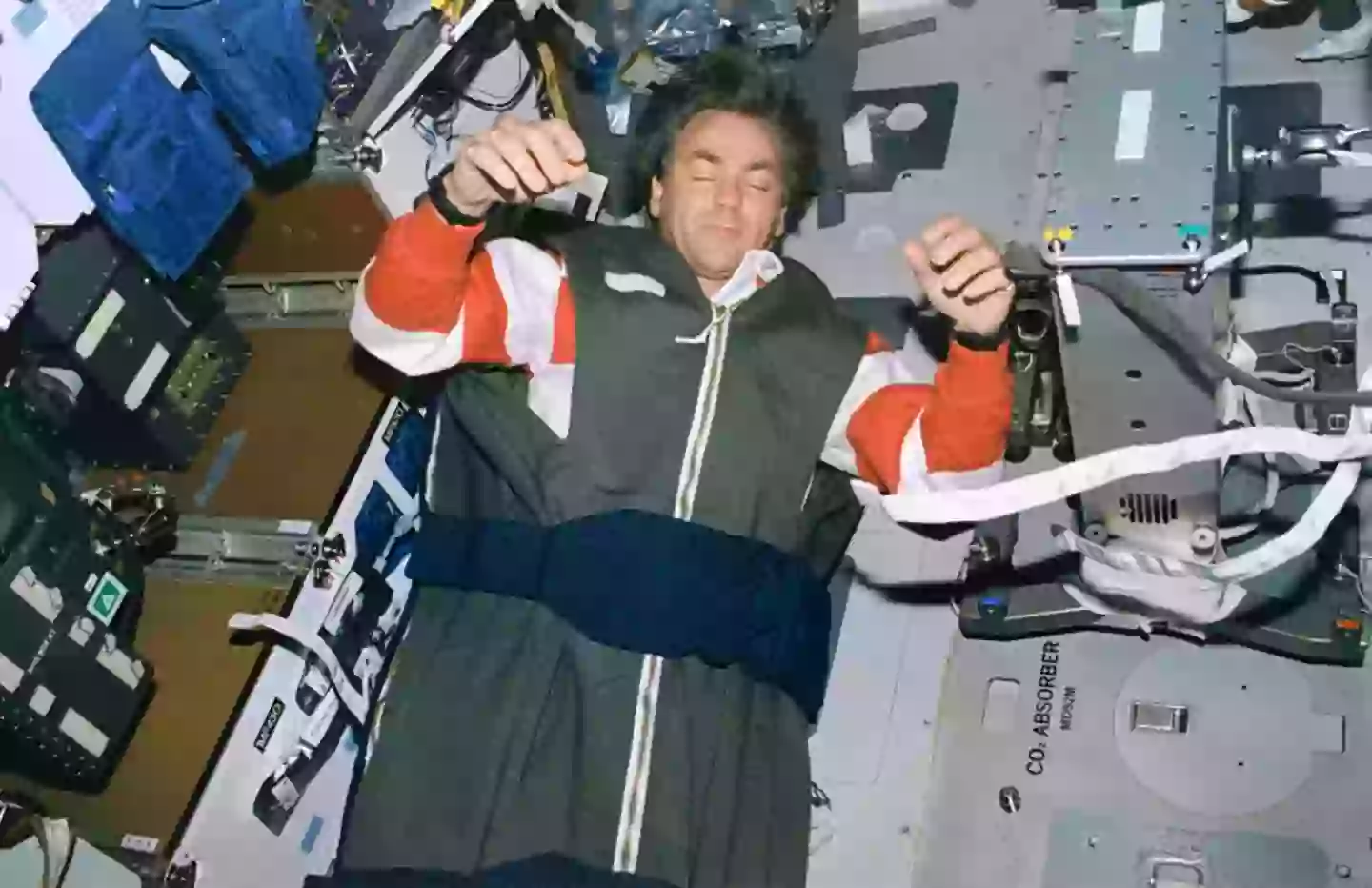
The Solution: Strapping Down the Arms
To prevent this, many astronauts choose to gently secure their arms while sleeping. NASA doesn’t require astronauts to do this, but it’s a widely recommended practice — especially for those on long-duration missions. They might use elastic bands, Velcro straps, or even tuck their arms into a sleeping bag that’s attached to the wall or ceiling.
These restraints are not tight or restrictive. They're designed to hold the arms comfortably in place without causing pressure or impeding circulation. It’s less about immobilization and more about encouraging the body to remain in a restful posture throughout sleep.
Commander Chris Hadfield, a Canadian astronaut famous for his ISS videos, once explained: “It’s like tucking yourself in, but in three dimensions. You want your body to feel secure, like you’re in a nest. That’s why we strap our arms or use sleeping bags that hug the body.”
Adapting to Sleep in Space
Getting a good night’s sleep in space is more challenging than many people realize. Without gravity, your body doesn’t have the same pressure feedback or sense of orientation. This affects everything from your inner ear to your circadian rhythm.
NASA has studied sleep extensively and found that astronauts often report poor sleep quality, especially during the first few days of a mission. Strapping down the arms is just one of several tricks astronauts use to feel more grounded (figuratively speaking) in microgravity.
Other sleep aids include:
-
Wearing eye masks to block ambient light
-
Using earplugs to dampen mechanical noise
-
Attaching sleeping bags to fixed points to prevent drifting
-
Following strict sleep schedules to maintain biological rhythms
Is There a Long-Term Effect?
While the “zombie pose” is harmless, NASA continues to monitor how microgravity affects posture, bone density, and muscular tension over time. Long-term exposure to microgravity can cause muscle atrophy and skeletal weakening, which is why astronauts must exercise daily — usually around two hours per day — to mitigate the effects.
Securing the arms during sleep doesn’t directly prevent muscle loss, but it contributes to better rest, which is essential for mental health, performance, and physical recovery. Quality sleep supports everything from cognitive function to immune strength — both critical for humans living in space.
Looking Ahead: Space Habitats and Sleep Design
As NASA and other agencies plan missions to the Moon, Mars, and beyond, sleep and comfort in microgravity are receiving renewed attention. Future spacecraft and habitats may be designed with built-in “sleep pods” that simulate the sensation of gravity or provide better containment.
For now, simple solutions like arm straps and sleeping bags continue to serve astronauts well. But as missions grow longer and more complex, scientists and engineers are working to redesign the entire experience of living — and sleeping — in space.
A Quirky Symbol of Space Life
The “zombie pose” might look amusing to Earthlings, but it’s a real part of the human experience in space. It serves as a visible reminder of how profoundly different our bodies behave in the absence of gravity — and how even something as ordinary as sleep must be carefully re-engineered in orbit.
So, the next time you see a photo of an astronaut floating in a sleep module with arms raised like a character from a horror film, remember: it’s not scary, it’s science. And thanks to a few well-placed straps and some clever adaptations, astronauts are able to rest easy — even if their arms would rather not.
News in the same category


3 vegetables that may cause can.cer avoid them now

Applying Toothpaste to Ginger: A Little-Known Household Trick With Surprising Benefits

Remove This One String to Eliminate Fishy Smell — A Simple Cooking Secret Many People Miss

The Plant That Mosquitoes and Snakes Both Avoid — A Natural Protector for Your Home

Never Eat This Part of Pork: Even 100°C Heat Cannot Eliminate the Danger
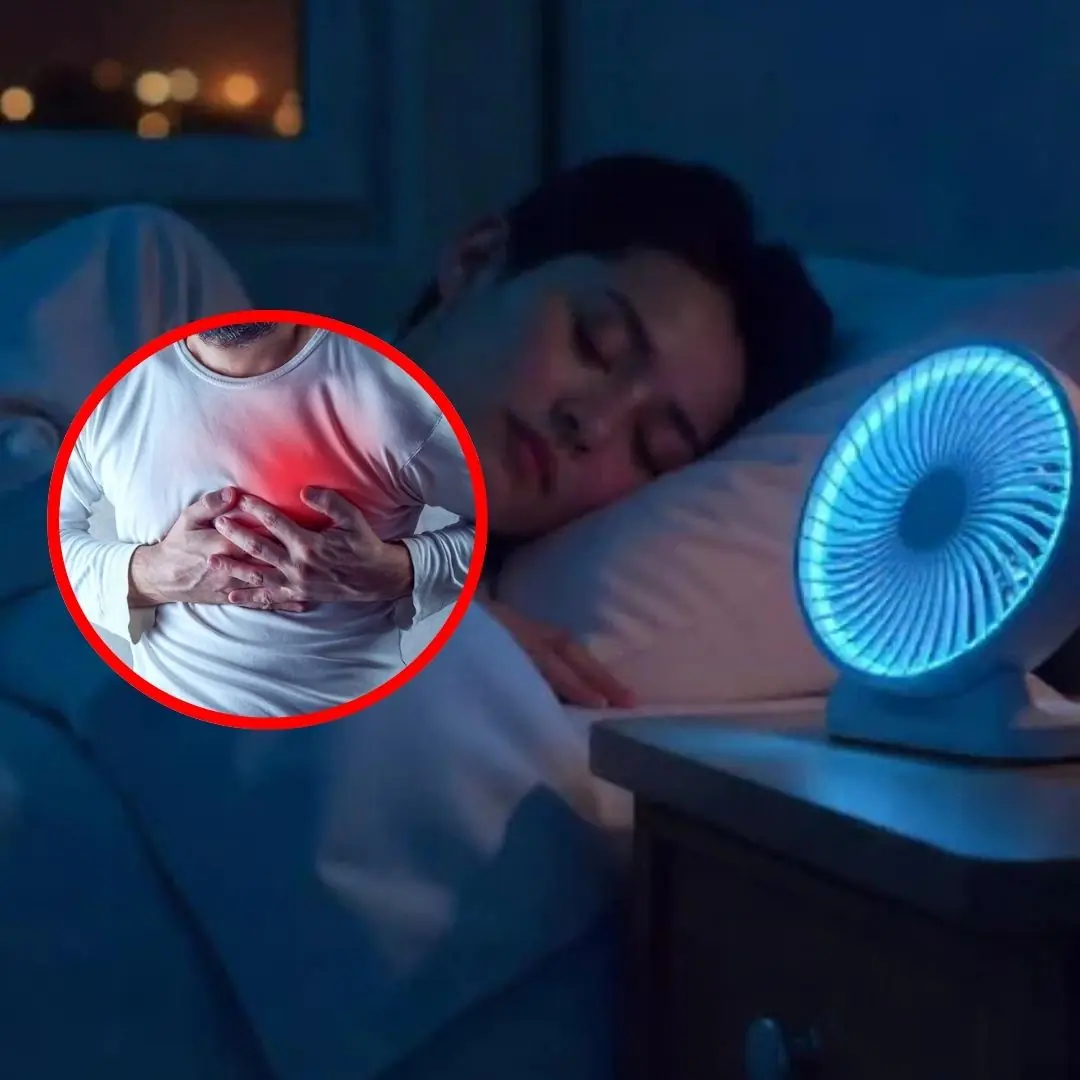
Could sleeping with a fan on cause heart attacks? Understanding the potential heart health dangers

What happens to the soul when the body is cremated?

Why do the Japanese place water bottles around their homes instead of storing them in the refrigerator?

5 foods that stay fresher when stored outside the fridge

Meaning of wearing a ring on the left and right thumb
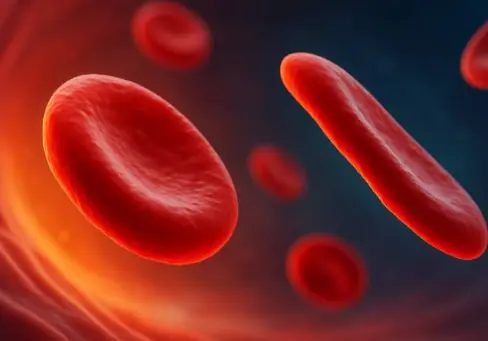
Proven Foods, Supplements and Vitamins That Act as Powerful Natural Blood Thinners

Pay Attention to These Warning Signs Your Body Sends at Night!

From Ditch-Side Weed to ‘Edible Gold’: How Purslane Became a High-Value Delicacy

Man Di.es After Eating Eggs: Doctors Warn Against a Common but Dangerous Eating Habit

Not all expired food is trash — these 6 items may still be safe to eat

Rainbow-Shimmering Beef: Should You Eat It or Throw It Away?
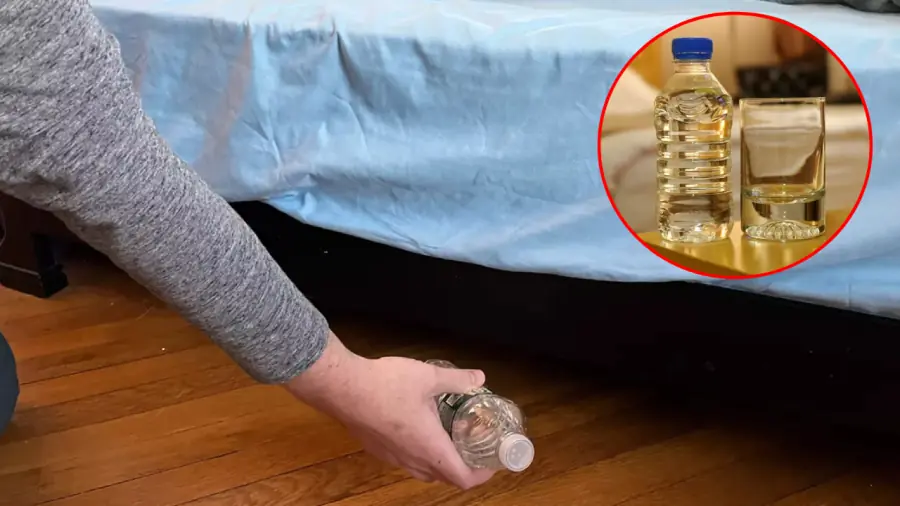
Always Throw a Water Bottle Under the Hotel Bed: A Flight Attendant Reveals Why

Dog ticks bit 3 people in a family, 2 died: If you can't keep them clean, don't keep them, they're full of diseases

Drink coconut water on an empty stomach for 7 days, kill 10 birds with one stone: it's a waste not to try it
News Post

A handful of culantro for about 10–15 cents: a sto.mach soother and a helper for lowering blo.od fats

Two Hygiene Habits That “Wreck” the Inti.mate Area—Many Women Are Still Making These Mistakes

How to make banana vinegar with just 4 simple ingredients, you will have a delicious finished product

A plant with a distinctive aroma: Both a spice and a 'miracle drug' for health

A Step Many Think Makes Chicken “Clean” Actually Does the Opposite: Experts Everywhere Say Stop Immediately

8 Early Warning Signs of Nutrient Deficiency Written All over Your Body

Over 200 People Are Killed By The “World’s Deadliest Food” Every Year, But Almost 500 Million People Still Eat It

A 56-Year-Old Man Who Avoided Rice and Ate Only Vegetables Faces Unexpected Health Results

4 types of people who should avoid eating cabbage

4 simple and effective tips to clean yellow sweat stains on white shirts at home that anyone can do it

What time should you shower to ensure your health and reduce the risk of stro:ke?
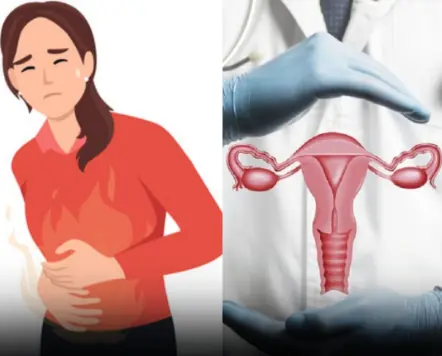
8 Early Warning Signs Of Ovarian Cancer You Shouldn’t Ignore
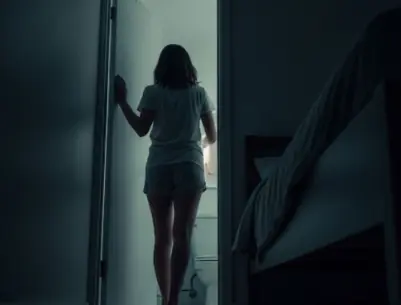
All The Things You Need to Know About Nighttime Urination And When To Start Worrying

Do You Sleep With Your Cat? You Could Be At Risk For This Silent, Deadly Disease
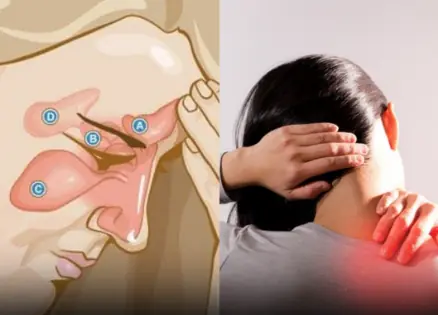
9 Early Signs of Diabetes You May Not Be Noticing

Eggplant is the king of vegetables but not everyone can eat it
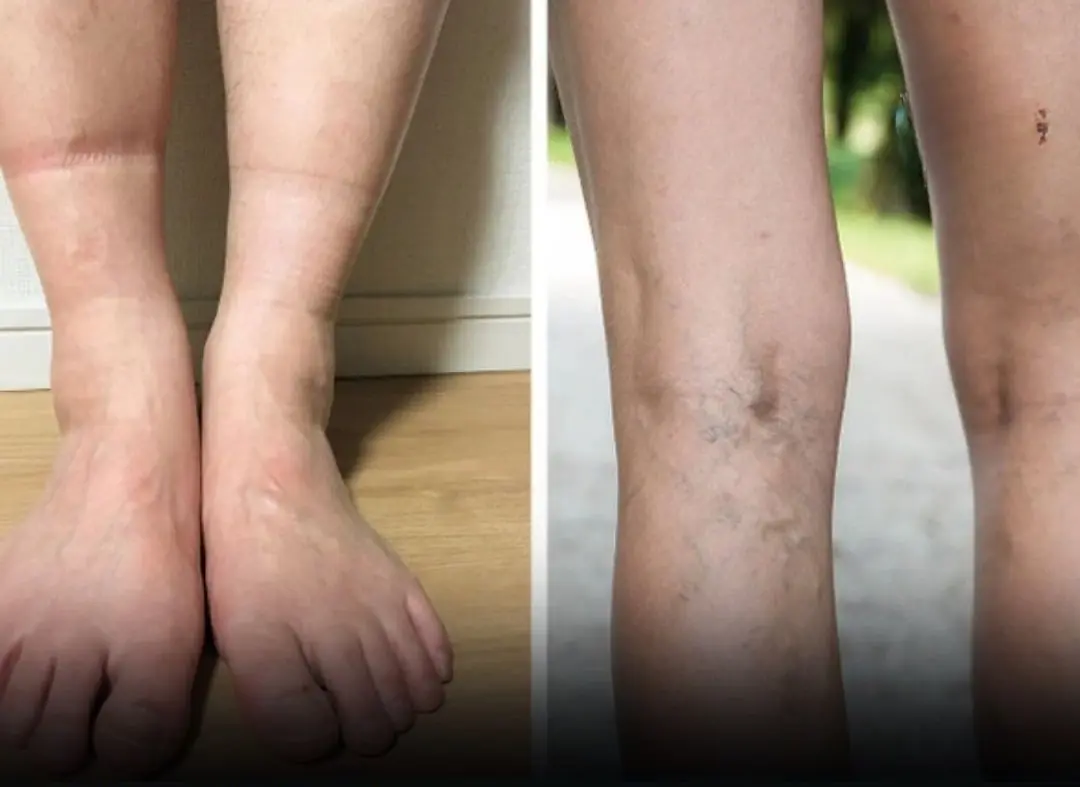
4 Possible Health Conditions Your Feet Could Be Signaling Through Sock Indentations

Recognizing early warning signs of kid.ney failure can greatly improve treatment outcomes.
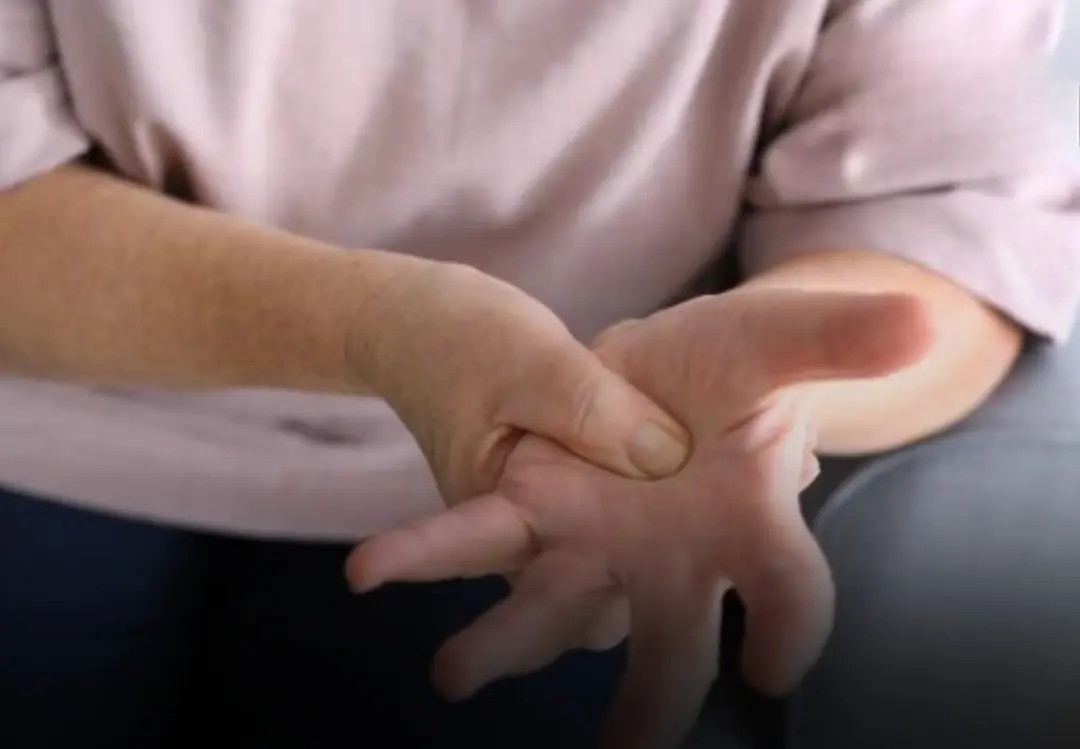
Your hands can reveal liver trouble — don’t ignore these shocking signs
